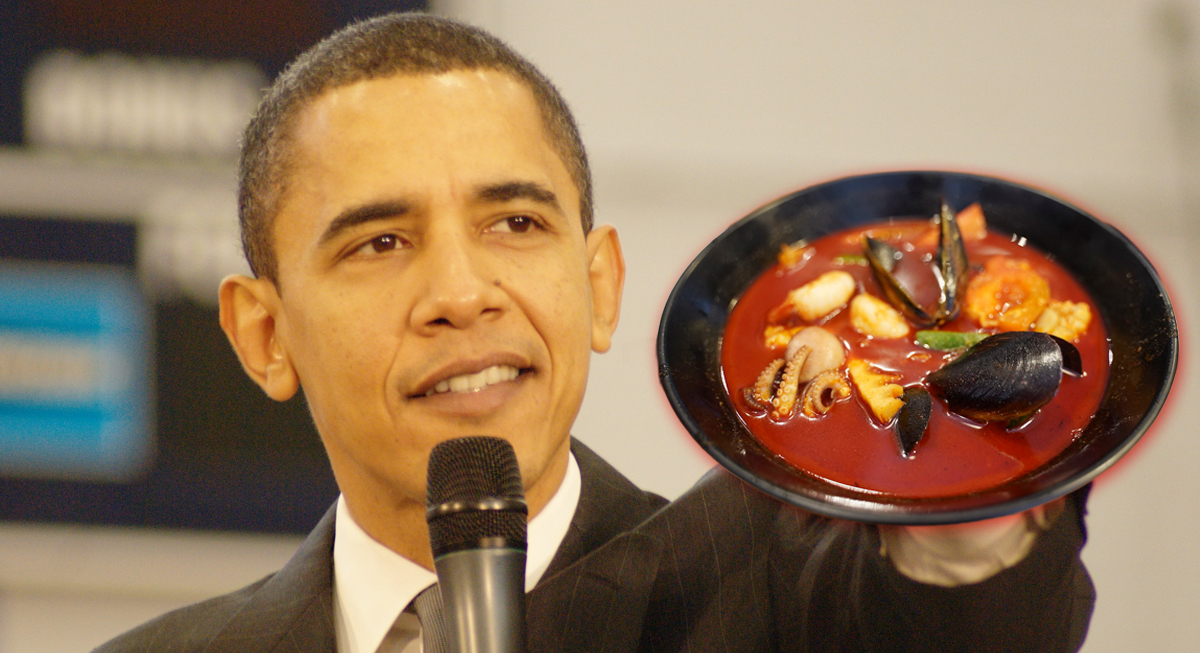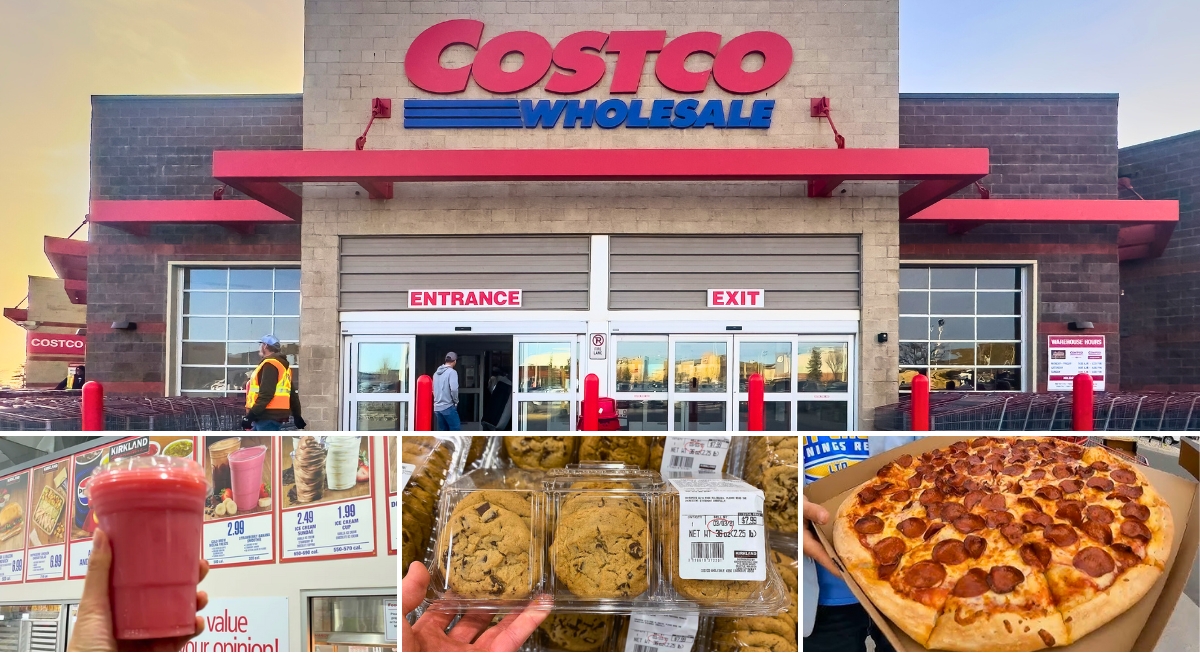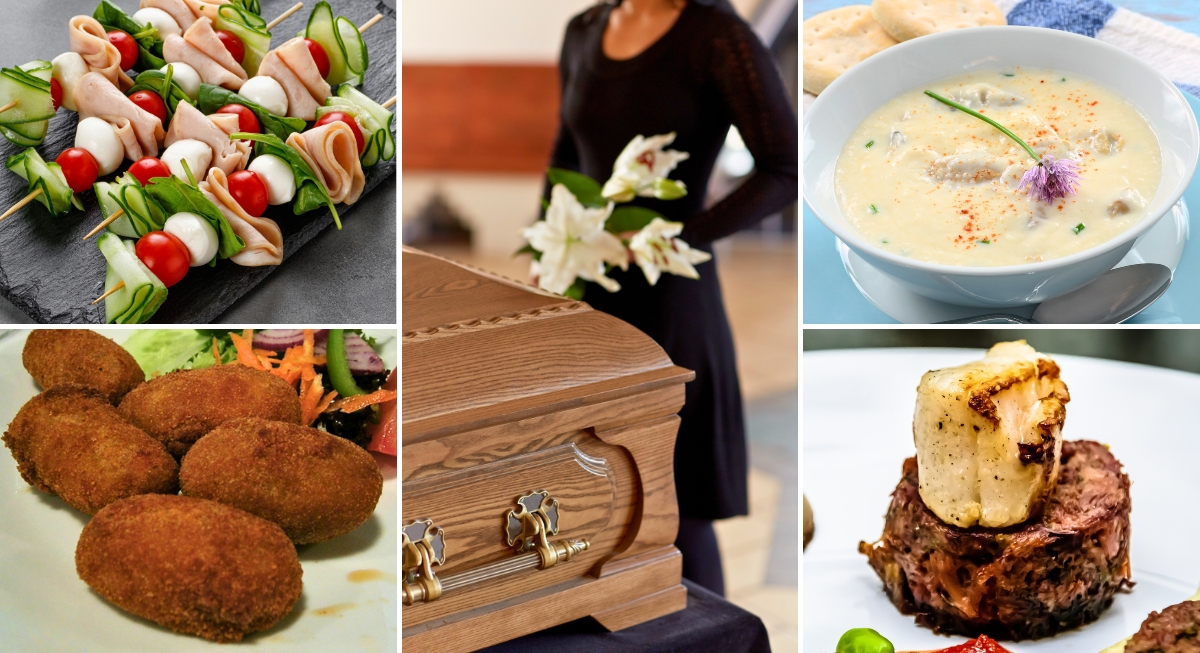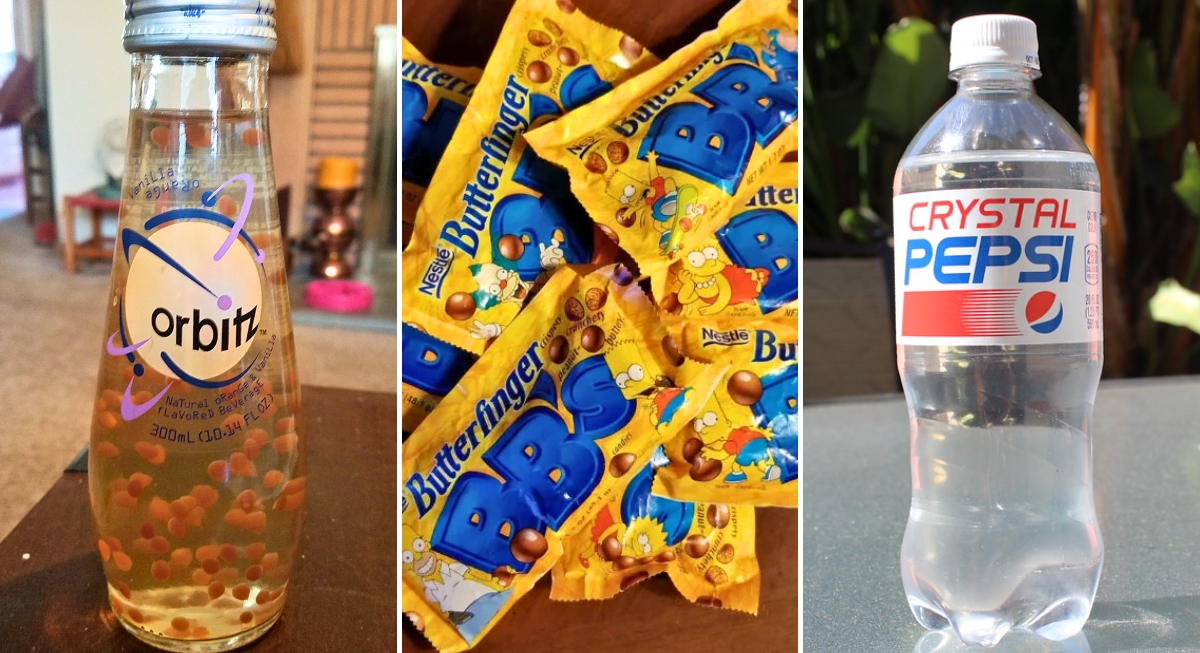Inauguration Day has a way of staying in the headlines with all the pomp, pageantry, and swearing-in ceremonies. But let's not forget what really matters: the food. Behind the scenes, presidents and their guests are served meals that can range from simple and symbolic to borderline feasts fit for royalty. These dishes are a good representation of the time, place, and, occasionally, the chaos of the moment. Let's check out some of the most intriguing, and sometimes downright wild, inaugural menus in history.
Andrew Jackson
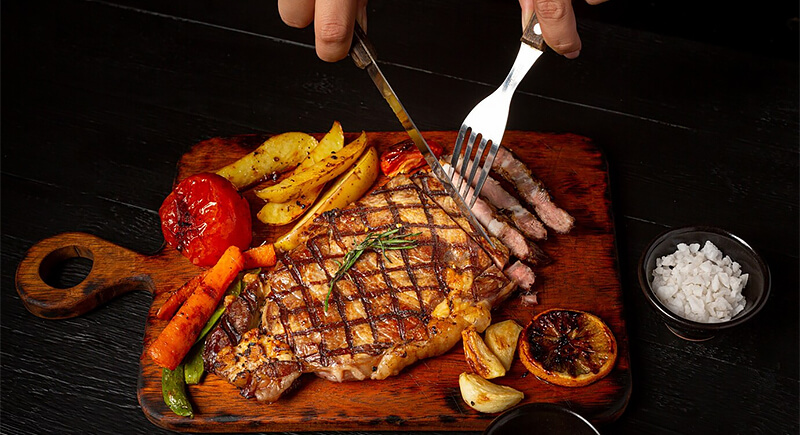
Credit: freepik
If you think modern parties can get out of hand, wait till you hear about Andrew Jackson's 1829 inauguration. His decision to throw open the White House doors for the public led to absolute mayhem. Crowds stormed in, knocked over furniture, and spilled drinks in their pursuit of potential refreshments. Jackson, having realized that things were quickly spiraling, slipped out a window and headed to Gadsby's Hotel, where he enjoyed a steak dinner far from the chaos.
Abraham Lincoln
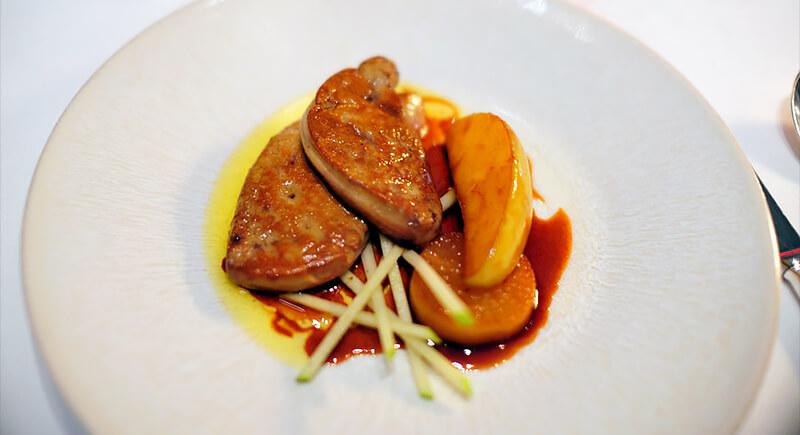
Credit: flickr
Sometimes even the best-laid dinner plans can go awry, as Abraham Lincoln discovered during his 1865 inauguration ball. After hours of dancing, guests descended on the midnight buffet, which featured terrapin stew, foie gras, and an assortment of sweets. The crush of hungry attendees left the buffet in disarray, with many dishes–and people–at the venue suffering collateral damage. Truly, even in the 19th century, nothing gets between people and their food.
Franklin D. Roosevelt
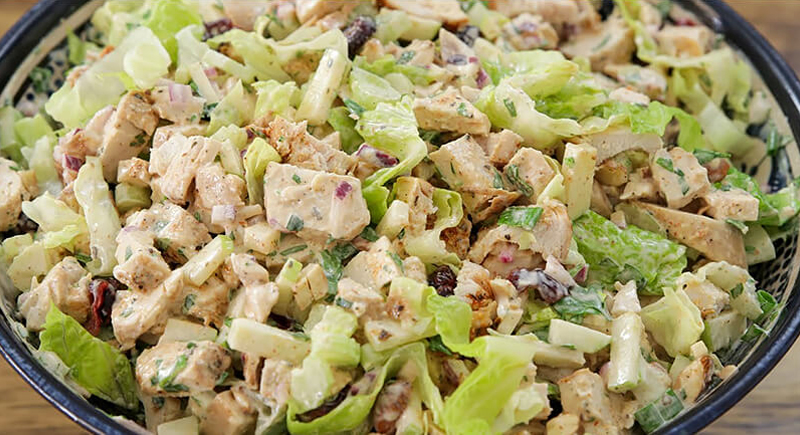
Credit: Youtube
During wartime, there was little room for extravagance, and Franklin D. Roosevelt's 1945 inauguration reflected that reality. Instead of a lavish spread, guests were served cold chicken salad and plain cake. The menu was just a small representation of the sacrifices that were made across the nation during World War II.
Jimmy Carter
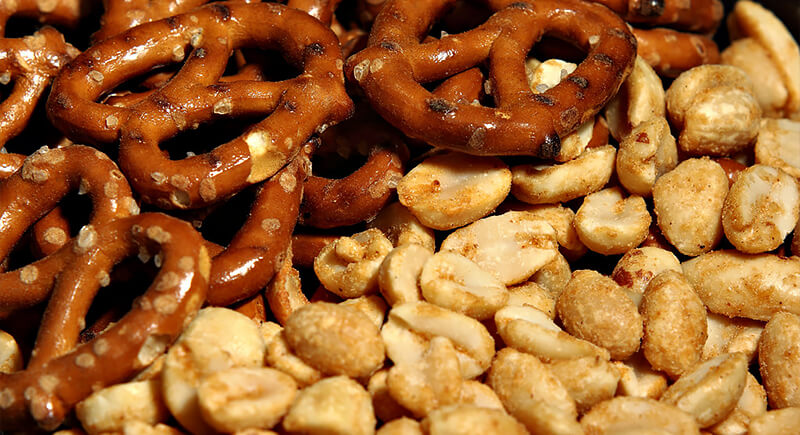
Credit: flickr
What do you serve when you want to keep things casual? For Jimmy Carter, the answer was peanuts and pretzels. At his 1977 inauguration, Carter's Southern roots were front and center. Instead of elaborate dishes, guests enjoyed the snacks you'd find at a small-town gathering. It was a refreshing change in a tradition often dominated by grandeur.
James Buchanan
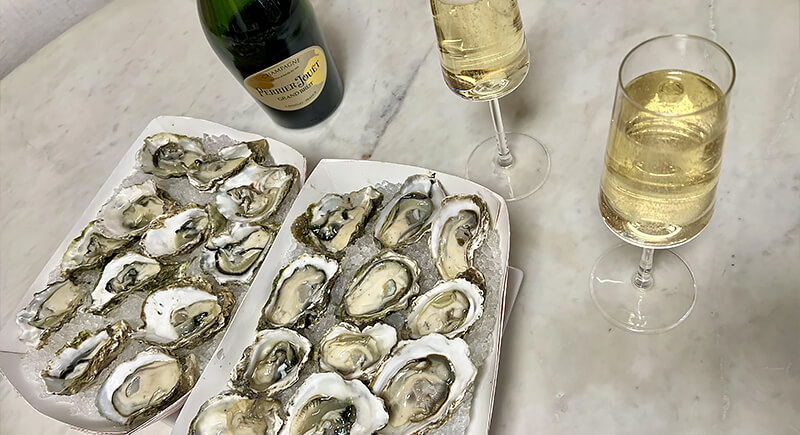
Credit: reddit
In direct contrast to Carter, James Buchanan's 1857 inaugural feast was an exercise in indulgence. It had 400 gallons of oysters, 1,200 quarts of ice cream, and wine that cost more than some homes of the era. If there was one thing Buchanan's team wanted to convey, it was that no expense had been spared.
John F. Kennedy
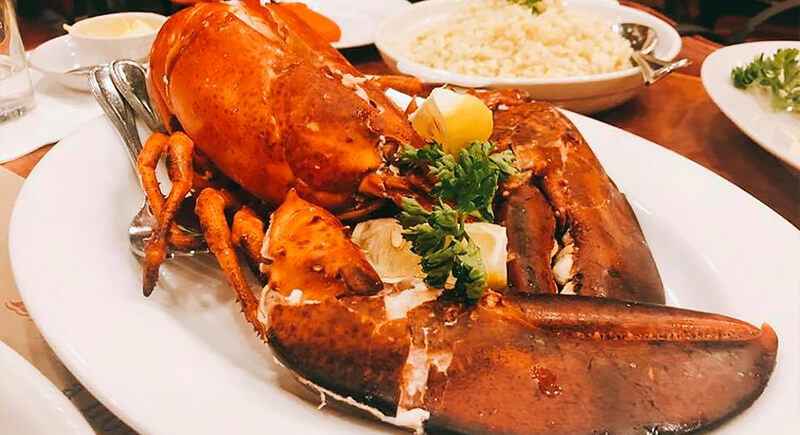
Credit: Facebook
John F. Kennedy's 1961 inaugural menu aimed to bring people closer together with a familiar menu. Cream of tomato soup, New England lobster, and Texas beef ribs were not only part of Kennedy's roots but also a broader sense of national pride. In a way, it was a tribute to America's diverse culinary heritage.
Ronald Reagan

Credit: Youtube
Some inaugural menus reflect where presidents came from, like Ronald Reagan's 1981 luncheon. Guests began with a California garden salad, followed by medallions of chicken piquante accompanied by rice pilaf and fresh asparagus with lemon vinaigrette. The meal concluded with strawberry framboise, highlighting the state's rich agricultural produce.
Barack Obama
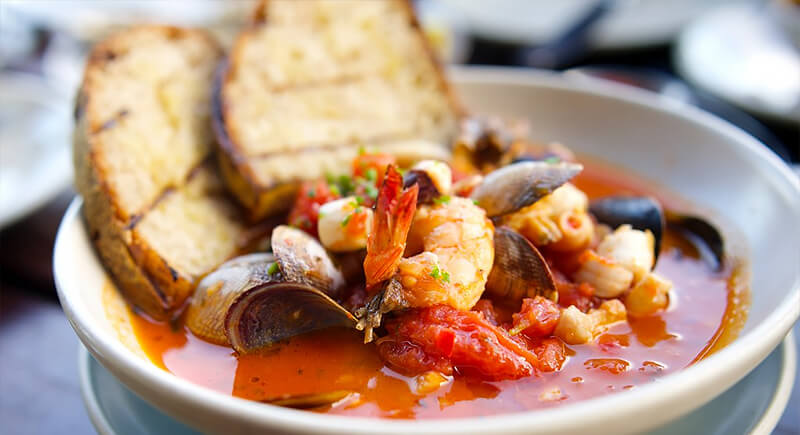
Credit: flickr
Barack Obama's 2009 inaugural drew inspiration from Abraham Lincoln, commemorating his bicentennial. The menu included seafood stew, a brace of American birds (pheasant and duck) with sour cherry chutney, and molasses sweet potatoes. Dessert featured apple cinnamon sponge cake with sweet cream glace. Notably, the meal was served on replicas of the china selected by Mary Todd Lincoln.
George W. Bush
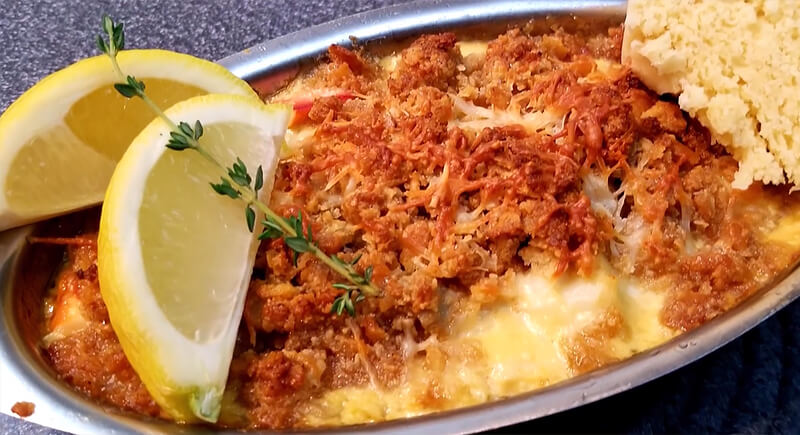
Credit: Youtube
Lobster pie and beef supreme may sound fancy, but George W. Bush's 2001 menu was basically refined American cuisibe. Dessert included toffee pudding with vanilla ice cream, alongside trays of chocolate-dipped ginger and candied fruit. It was a meal that struck a balance between tradition and relatability, much like Bush's presidency.
Bill Clinton
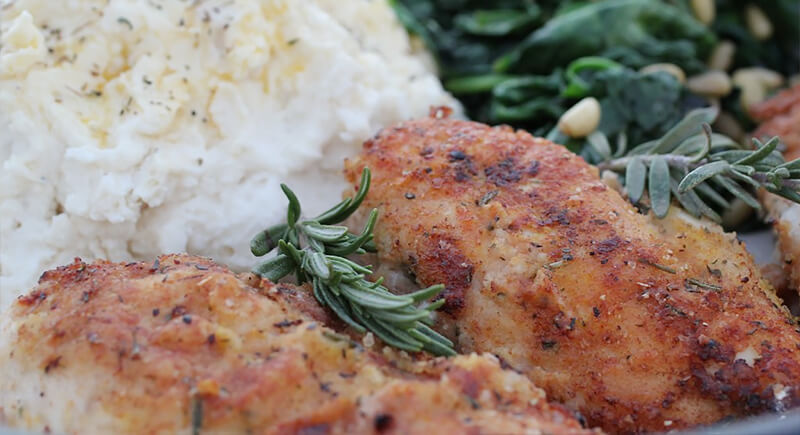
Credit: flickr
If there's one thing Bill Clinton knew, it was how to make comfort food feel special. His 1993 inaugural meal featured delicious Southern-inspired dishes like rosemary chicken with pecan rice and apple-cranberry brown betty for dessert. It wasn't overdone, but it was satisfying and familiar.
Benjamin Harrison
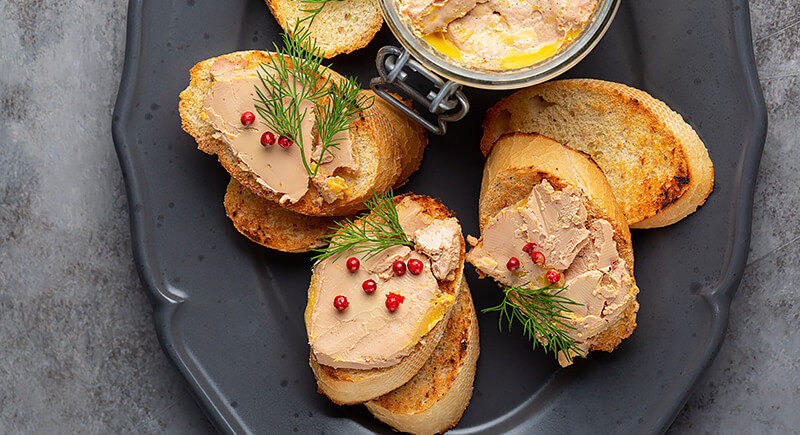
Credit: iStockphoto
There's something about French cuisine that screams sophistication. Benjamin Harrison's 1889 inaugural dinner took clear advantage of that. Guests were served Blue Point oysters, Pate de foie gras, and quail a la Ciceron. Sweetbread pate and terrine of game rounded out the offerings at the end of the meal.
Dwight D. Eisenhower
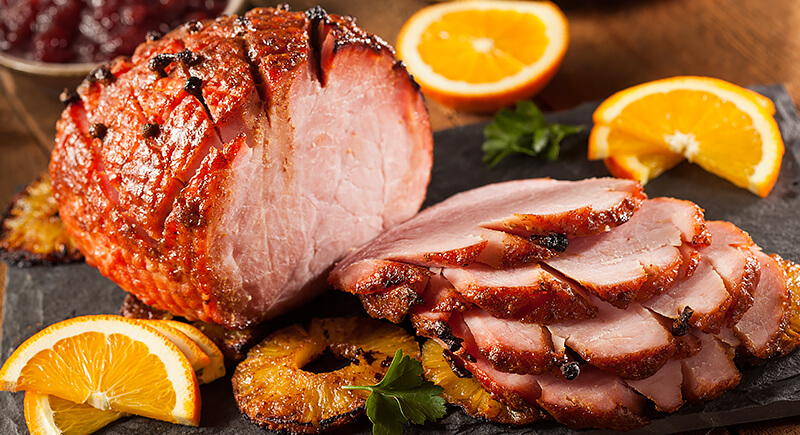
Credit: iStockphoto
Dwight D. Eisenhower's 1953 luncheon featured creamed chicken, baked ham, and potato puffs—straightforward, filling, and practical. The meal lacked the flair of some predecessors but delivered hearty, satisfying food that reflected Eisenhower's Midwestern roots and no-nonsense leadership style.
Harry Truman
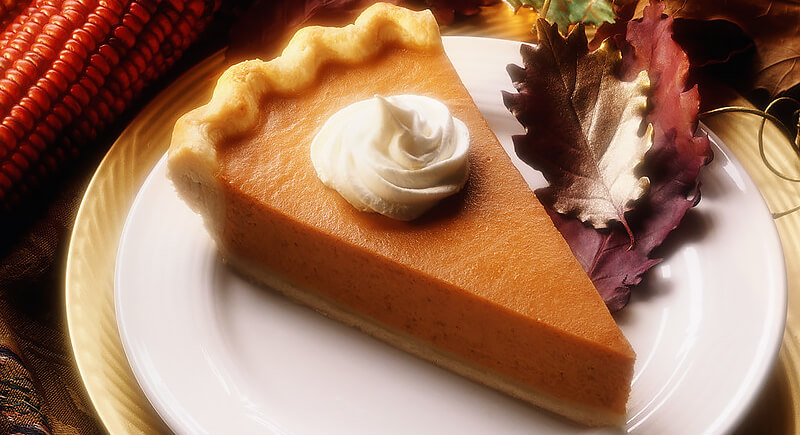
Credit: flickr
Pumpkin pie may not sound like inaugural fare, but it fits right into Harry Truman's 1949 celebration. Turkey and Smithfield ham were also present, paired with potato salad. It wasn’t flashy, but it spoke to Truman's unpretentious nature. The dishes felt like they could have come straight from a family kitchen
George H.W. Bush
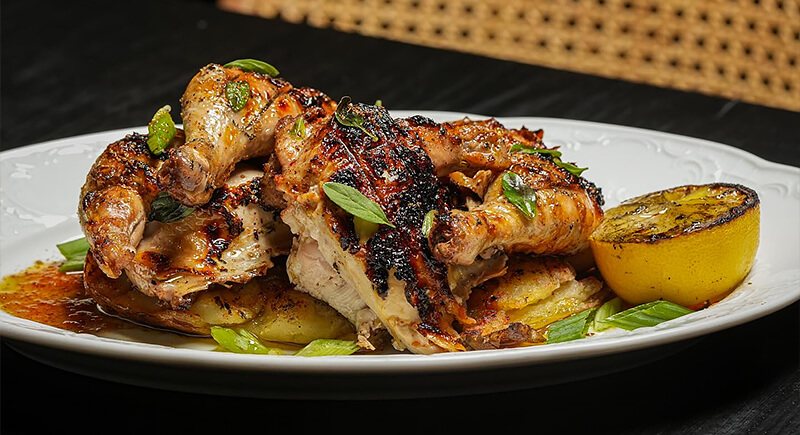
Credit: Instagram
At his 1989 inauguration, George H.W. Bush opted for a sophisticated menu. Guests savored lobster scallop ragu, grilled poussin with rice pilaf and asparagus, and a brandied pear crisp with vanilla ice cream. The dishes were paired with fine California wines for the uniquely American palette.
William McKinley
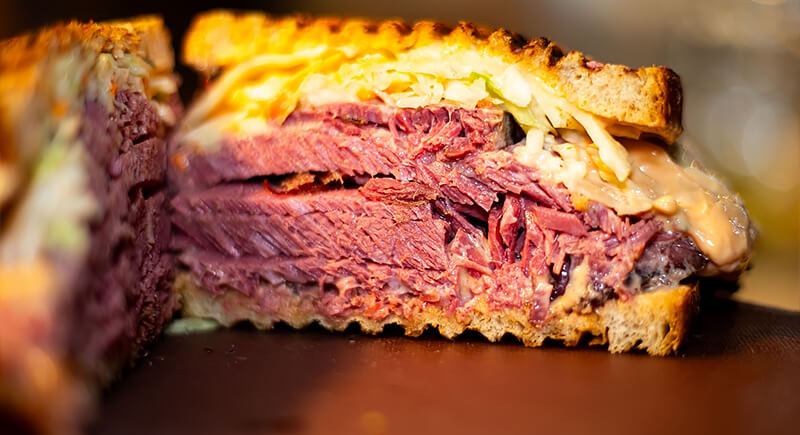
Credit: Facebook
William McKinley's 1897 inaugural meal could not have been simpler. A corned beef sandwich and coffee made up the entirety of the menu. Was it glamorous? No. Was it practical? Absolutely. McKinley clearly knew what he liked and saw no reason to complicate things.

